Pololu 5V, 5A Step-Down Voltage Regulator D24V50F5
In stock, ships same business day if ordered before 2PM
Delivered by Tue, 9th of Dec
Quantity Discounts:
- 6+ $46.08 (exc GST)
- 12+ $44.64 (exc GST)
 |
This step-down (buck) regulator generates a fixed 5 V output from input voltages up to 38 V. It is a switching regulator (also called a switched-mode power supply (SMPS) or DC-to-DC converter) and has a typical efficiency between 85% to 95%, which is much more efficient than linear voltage regulators, especially when the difference between the input and output voltage is large. The available output current is a function of the input voltage and efficiency (see the Typical Efficiency and Output Current section below), but the output current can typically be as high as 5 A.
At light loads, the switching frequency automatically changes to maintain high efficiencies. The regulator has a typical quiescent current draw of less than 1 mA, and the ENABLE pin can be used to put the board in a low-power state that reduces the quiescent current to approximately 10 µA to 20 µA per volt on VIN.
This regulator has built-in reverse-voltage protection, short-circuit protection, a thermal shutdown feature that helps prevent damage from overheating, a soft-start feature that reduces inrush current, and an under-voltage lockout.
For lower-power applications, please consider Pololu's D24V25Fx family of step-down voltage regulators; these are slightly smaller, pin-compatible versions of this regulator with typical maximum output current of 2.5 A. For higher-power alternatives, please consider Pololu's D36V50Fx family of step-down voltage regulators, which can operate from voltages as high as 50 V and deliver higher output currents. Both of these regulator families are available in several different voltage versions.
 |
Side-by-side comparison of the 2.5 A D24V25Fx (left) and 5 A D24V50F5 (right) step-down voltage regulators. |
|---|
For a 5 V regulator with even more output current, consider Pololu's D24V90F5 step-down voltage regulator, which has a typical maximum output current of 9 A. This higher-power regulator also has a few additional features, like a “power good” signal and the ability to lower its output voltage, and it includes optional terminal blocks for easy removable connections.
Features
- Input voltage: 6 V to 38 V (see below for more details on the regulator’s dropout voltage, which affects the low end of the operating range)
- Fixed 5 V output (with 4% accuracy)
- Typical maximum continuous output current: 5 A
- Integrated reverse-voltage protection, over-current and short-circuit protection, over-temperature shutoff, soft-start, and under-voltage lockout
- Typical efficiency of 85% to 95%, depending on input voltage and load; the switching frequency automatically changes at light loads to maintain high efficiencies
- 700 µA typical no-load quiescent current; can be reduced to 10 µA to 20 µA per volt on VIN by disabling the board
- Compact size: 0.7" × 0.8" × 0.35" (17.8 mm × 20.3 mm × 8.8 mm)
- Two 0.086" mounting holes for #2 or M2 screws
Using the regulator
Connections
This buck regulator has five connection points for four different connections: enable (EN), input voltage (VIN), 2x ground (GND), and output voltage (VOUT).
 |
The input voltage, VIN, powers the regulator and can be supplied with voltages up to 38 V. The effective lower limit of VIN is VOUT plus the regulator’s dropout voltage, which varies approximately linearly with the load from around 700 mV to around 1.5 V (see below for a graph of the dropout voltages as a function of the load).
The regulator is enabled by default: a 100 kO pull-up resistor on the board connects the ENABLE pin to reverse-protected VIN. The ENABLE pin can be driven low (under 0.6 V) to put the board into a low-power state. The quiescent current draw in this sleep mode is dominated by the current in the pull-up resistor from ENABLE to VIN and by the reverse-voltage protection circuit, which will draw between 10 µA and 20 µA per volt on VIN when ENABLE is held low. If you do not need this feature, you should leave the ENABLE pin disconnected.
|
|
The five connection points are labeled on the top of the PCB and are arranged with a 0.1" spacing for compatibility with solderless breadboards, connectors, and other prototyping arrangements that use a 0.1" grid. Either the included 5×1 straight male header strip or the 5×1 right angle male header strip can be soldered into these holes. For the most compact installation, you can solder wires directly to the board.
 |
Pololu 5A Step-Down Voltage Regulator D24V50F5, side view. |
|---|
The board has two 0.086" mounting holes intended for #2 or M2 screws. The mounting holes are at opposite corners of the board and are separated by 0.53" horizontally and 0.63" vertically.
Typical efficiency and output current
The efficiency of a voltage regulator, defined as (Power out)/(Power in), is an important measure of its performance, especially when battery life or heat are concerns. As shown in the graph below, these switching regulators have an efficiency of 85% to 95% for most combinations of input voltage and load.
 |
The maximum achievable output current of the board depends on many factors, including the ambient temperature, air flow, heat sinking, and the input and output voltage.
During normal operation, this product can get hot enough to burn you. Take care when handling this product or other components connected to it.
The over-current limit of the regulator operates on a combination of current and temperature: the current threshold decreases as the regulator temperature goes up. However, there might be some operating points at low input voltages and high output currents (well over 5 A) where the current is just under the limit and the regulator might not shut off before damage occurs. If you are using this regulator in an application where the input voltage is near the lower limit and the load could exceed 5 A for sustained periods (more than five seconds), consider using additional protective components such as fuses or circuit breakers.
Typical dropout voltage
The dropout voltage of a step-down regulator is the minimum amount by which the input voltage must exceed the regulator’s target output voltage in order to ensure the target output can be achieved. For example, if a 5 V regulator has a 1 V dropout voltage, the input must be at least 6 V to ensure the output is the full 5 V. The following graph shows the dropout voltages for the D24V50F5 regulator as a function of the output current:
 |
Switching frequency and behavior under light loads
The regulator generally operates at a switching frequency of around 600 kHz, but the frequency drops when encountering a light load to improve efficiency. This could make it harder to filter out noise on the output caused by switching.
People often buy this product together with:
 | Pololu 5V, 2.5A Step-Down Voltage Regulator D24V22F5 |
 | Pololu 12V, 2.2A Step-Down Voltage Regulator D24V22F12 |
Dimensions
| Size: | 0.7" × 0.8" × 0.35"1 |
|---|---|
| Weight: | 3.0 g1 |
General specifications
| Minimum operating voltage: | 6 V2 |
|---|---|
| Maximum operating voltage: | 38 V |
| Continuous output current: | 5 A3 |
| Output voltage: | 5 V |
| Reverse voltage protection?: | Y |
| Maximum quiescent current: | 0.8 mA4 |
Identifying markings
| PCB dev codes: | reg15d |
|---|---|
| Other PCB markings: | 0J8511 |
Notes:
- 1
- Without included optional headers.
- 2
- For small loads; this voltage rises approximately linearly up to around 6.2 V at 5 A output.
- 3
- Typical. Actual continuous output current limited by thermal dissipation.
- 4
- Typical worst case (i.e. with VIN close to 6V). The ENABLE pin can be used to reduce the quiescent current to a few hundred microamps.
File downloads
-
Drill guide for Pololu 5V, 5A step-down voltage regulator D24V50F5 (40k dxf)
This DXF drawing shows the locations of all of the board’s holes.
-
Dimension diagram of the D24V50F5 Step-Down Voltage Regulator (164k pdf)
-
3D model of the D24V50F5 Step-Down Voltage Regulator (5MB step)
Exact shipping can be calculated on the view cart page (no login required).
Products that weigh more than 0.5 KG may cost more than what's shown (for example, test equipment, machines, >500mL liquids, etc).
We deliver Australia-wide with these options (depends on the final destination - you can get a quote on the view cart page):
- $3+ for Stamped Mail (typically 10+ business days, not tracked, only available on selected small items)
- $7+ for Standard Post (typically 6+ business days, tracked)
- $11+ for Express Post (typically 2+ business days, tracked)
- Pickup - Free! Only available to customers who live in the Newcastle region (must order online and only pickup after we email to notify you the order is ready). Orders placed after 2PM may not be ready until the following business day.
Non-metro addresses in WA, NT, SA & TAS can take 2+ days in addition to the above information.
Some batteries (such as LiPo) can't be shipped by Air. During checkout, Express Post and International Methods will not be an option if you have that type of battery in your shopping cart.
International Orders - the following rates are for New Zealand and will vary for other countries:
- $12+ for Pack and Track (3+ days, tracked)
- $16+ for Express International (2-5 days, tracked)
If you order lots of gear, the postage amount will increase based on the weight of your order.
Our physical address (here's a PDF which includes other key business details):
40 Aruma Place
Cardiff
NSW, 2285
Australia
Take a look at our customer service page if you have other questions such as "do we do purchase orders" (yes!) or "are prices GST inclusive" (yes they are!). We're here to help - get in touch with us to talk shop.
Have a product question? We're here to help!
Videos
View AllGuides
PiicoDev Magnetometer- Getting Started Guide
How to Drive High Power LEDs – 3W Aluminum Backed Star LEDs
The Maker Revolution
How to Use DC Regulators/Converters
Projects
Wireless QI Phone Charger Powered by Raspberry Pi
mmPi-Pico HAT
Solar Charging Station
Makers love reviews as much as you do, please follow this link to review the products you have purchased.

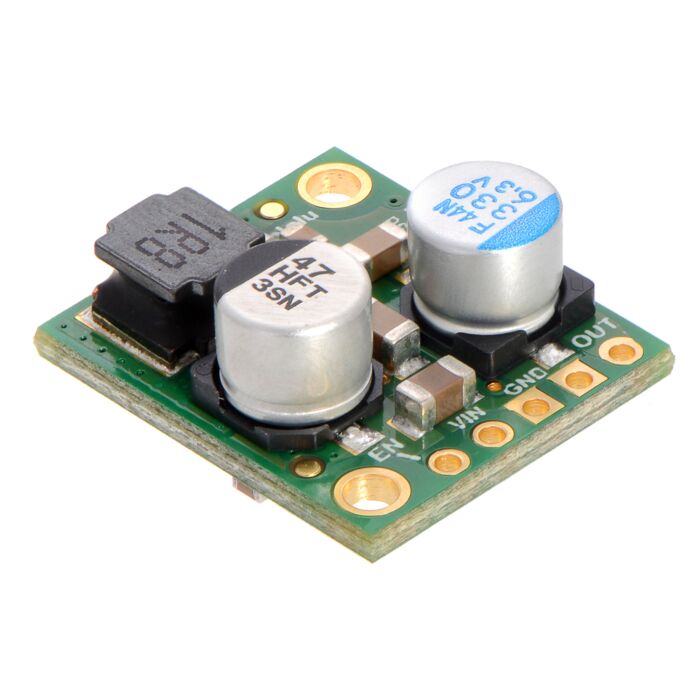


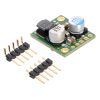



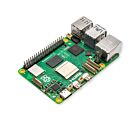
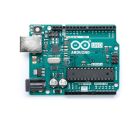





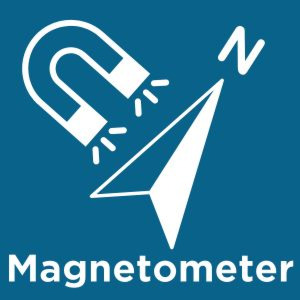
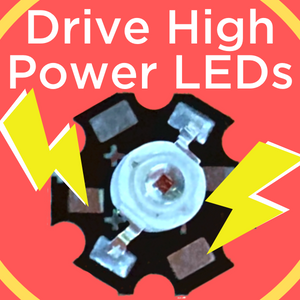


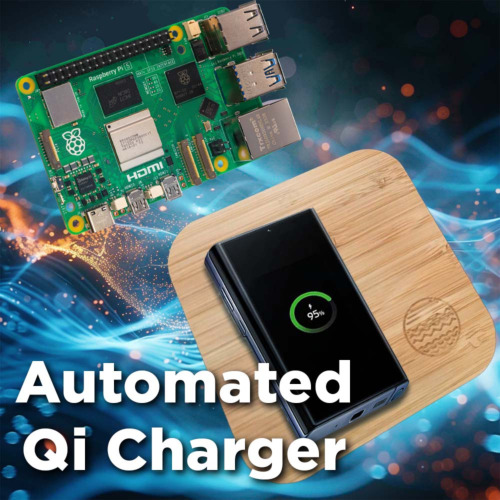
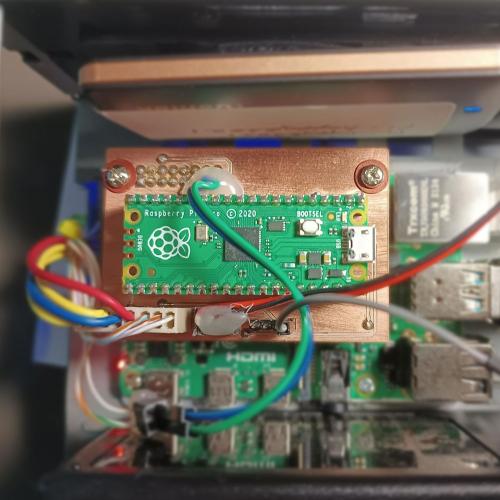


Product Comments